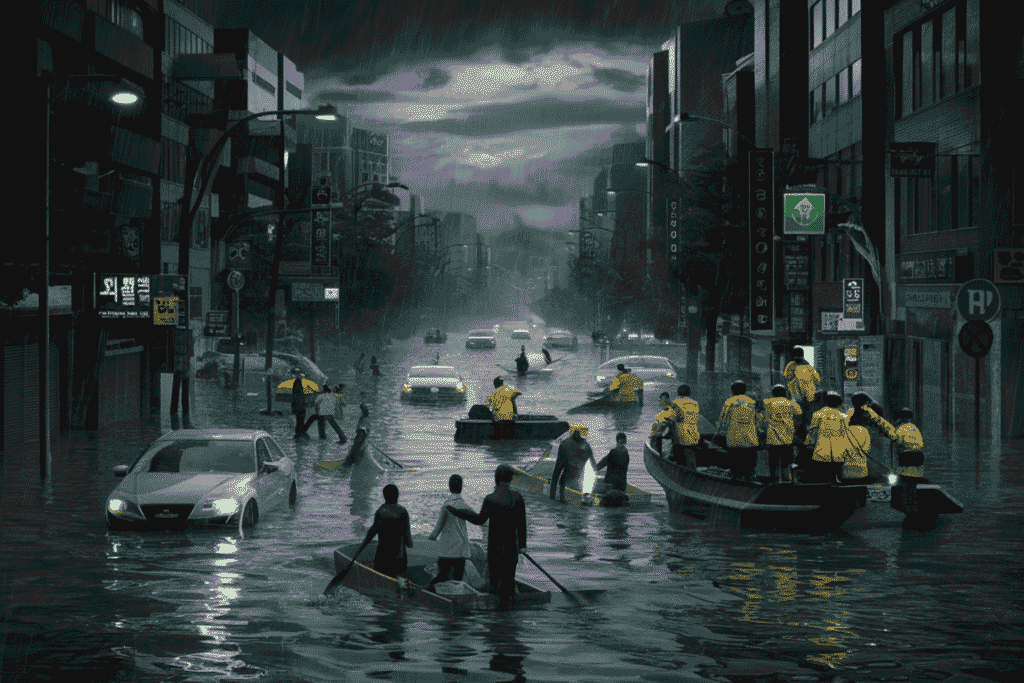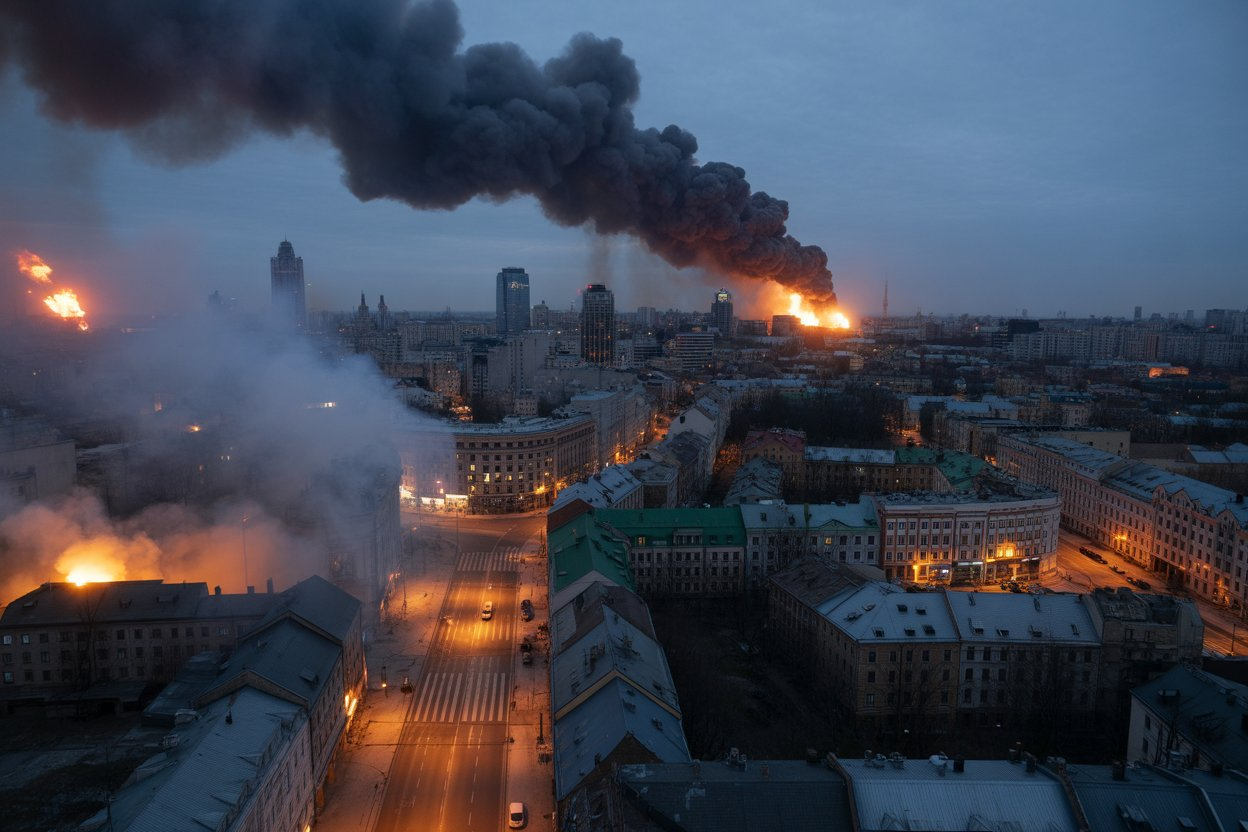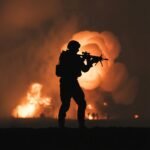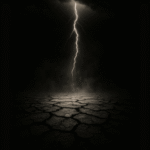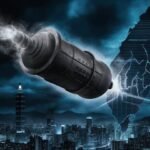- Home
- ScienceDiscover the latest updates from across the United States, including politics, culture, economy, and trending stories. Stay informed on the key events shaping the nation and the topics everyone’s talking about.
- EconomyOur Economy page provides comprehensive reporting on international financial systems, trade dynamics, development economics, and macroeconomic policy. Drawing on expert analysis and institutional data, we illuminate the interconnected nature of global markets and their real-world implications for governance and inequality.
- HealthWe examine global health issues through the lens of policy, access, equity, and innovation. From pandemics and healthcare infrastructure to mental health and biotechnological breakthroughs, our health reporting is rooted in empirical data, expert insight, and a commitment to understanding health as a cornerstone of human development.
- HistoryThis section revisits critical junctures in world history, emphasizing the relevance of historical events in shaping present-day global affairs. Through scholarly narratives and fact-anchored storytelling, we uncover the often-overlooked patterns, power structures, and human decisions that have left a lasting imprint on international relations and societies.
- PoliticsOur Politics section offers in-depth analysis of international political developments, ideological movements, and institutional shifts. With a focus on global governance, diplomacy, and geopolitical strategy, we provide nuanced reporting that transcends partisan narratives and situates events within their broader historical and structural contexts.
- War & ConflictThis section delivers meticulous coverage of international conflicts, civil wars, military strategies, and peace negotiations. We prioritize geopolitical context, long-term impact, and the role of state and non-state actors—eschewing sensationalism in favor of sober, historically informed analysis.
- TechnologyWe critically examine the global technology landscape—from artificial intelligence and cybersecurity to digital policy and ethical innovation. Our reporting focuses not just on what is being built, but why it matters: how technological change influences governance, economy, security, and human life on a planetary scale.
- Features
- Home
- ScienceDiscover the latest updates from across the United States, including politics, culture, economy, and trending stories. Stay informed on the key events shaping the nation and the topics everyone’s talking about.
- EconomyOur Economy page provides comprehensive reporting on international financial systems, trade dynamics, development economics, and macroeconomic policy. Drawing on expert analysis and institutional data, we illuminate the interconnected nature of global markets and their real-world implications for governance and inequality.
- HealthWe examine global health issues through the lens of policy, access, equity, and innovation. From pandemics and healthcare infrastructure to mental health and biotechnological breakthroughs, our health reporting is rooted in empirical data, expert insight, and a commitment to understanding health as a cornerstone of human development.
- HistoryThis section revisits critical junctures in world history, emphasizing the relevance of historical events in shaping present-day global affairs. Through scholarly narratives and fact-anchored storytelling, we uncover the often-overlooked patterns, power structures, and human decisions that have left a lasting imprint on international relations and societies.
- PoliticsOur Politics section offers in-depth analysis of international political developments, ideological movements, and institutional shifts. With a focus on global governance, diplomacy, and geopolitical strategy, we provide nuanced reporting that transcends partisan narratives and situates events within their broader historical and structural contexts.
- War & ConflictThis section delivers meticulous coverage of international conflicts, civil wars, military strategies, and peace negotiations. We prioritize geopolitical context, long-term impact, and the role of state and non-state actors—eschewing sensationalism in favor of sober, historically informed analysis.
- TechnologyWe critically examine the global technology landscape—from artificial intelligence and cybersecurity to digital policy and ethical innovation. Our reporting focuses not just on what is being built, but why it matters: how technological change influences governance, economy, security, and human life on a planetary scale.
- Features
Now Reading: Deadly Texas Floods Trigger Historic Emergency
-
01
Deadly Texas Floods Trigger Historic Emergency
- Home//
- Science//Discover the latest updates from across the United States, including politics, culture, economy, and trending stories. Stay informed on the key events shaping the nation and the topics everyone’s talking about.
- Economy//Our Economy page provides comprehensive reporting on international financial systems, trade dynamics, development economics, and macroeconomic policy. Drawing on expert analysis and institutional data, we illuminate the interconnected nature of global markets and their real-world implications for governance and inequality.
- Health//We examine global health issues through the lens of policy, access, equity, and innovation. From pandemics and healthcare infrastructure to mental health and biotechnological breakthroughs, our health reporting is rooted in empirical data, expert insight, and a commitment to understanding health as a cornerstone of human development.
- History//This section revisits critical junctures in world history, emphasizing the relevance of historical events in shaping present-day global affairs. Through scholarly narratives and fact-anchored storytelling, we uncover the often-overlooked patterns, power structures, and human decisions that have left a lasting imprint on international relations and societies.
- Politics//Our Politics section offers in-depth analysis of international political developments, ideological movements, and institutional shifts. With a focus on global governance, diplomacy, and geopolitical strategy, we provide nuanced reporting that transcends partisan narratives and situates events within their broader historical and structural contexts.
- War & Conflict//This section delivers meticulous coverage of international conflicts, civil wars, military strategies, and peace negotiations. We prioritize geopolitical context, long-term impact, and the role of state and non-state actors—eschewing sensationalism in favor of sober, historically informed analysis.
- Technology//We critically examine the global technology landscape—from artificial intelligence and cybersecurity to digital policy and ethical innovation. Our reporting focuses not just on what is being built, but why it matters: how technological change influences governance, economy, security, and human life on a planetary scale.
- Features//
- Home
- Natural Disaster
- Deadly Texas Floods Trigger Historic Emergency
Deadly Texas Floods Trigger Historic Emergency
Jhon SmithNatural DisasterJuly 6, 202559 Views
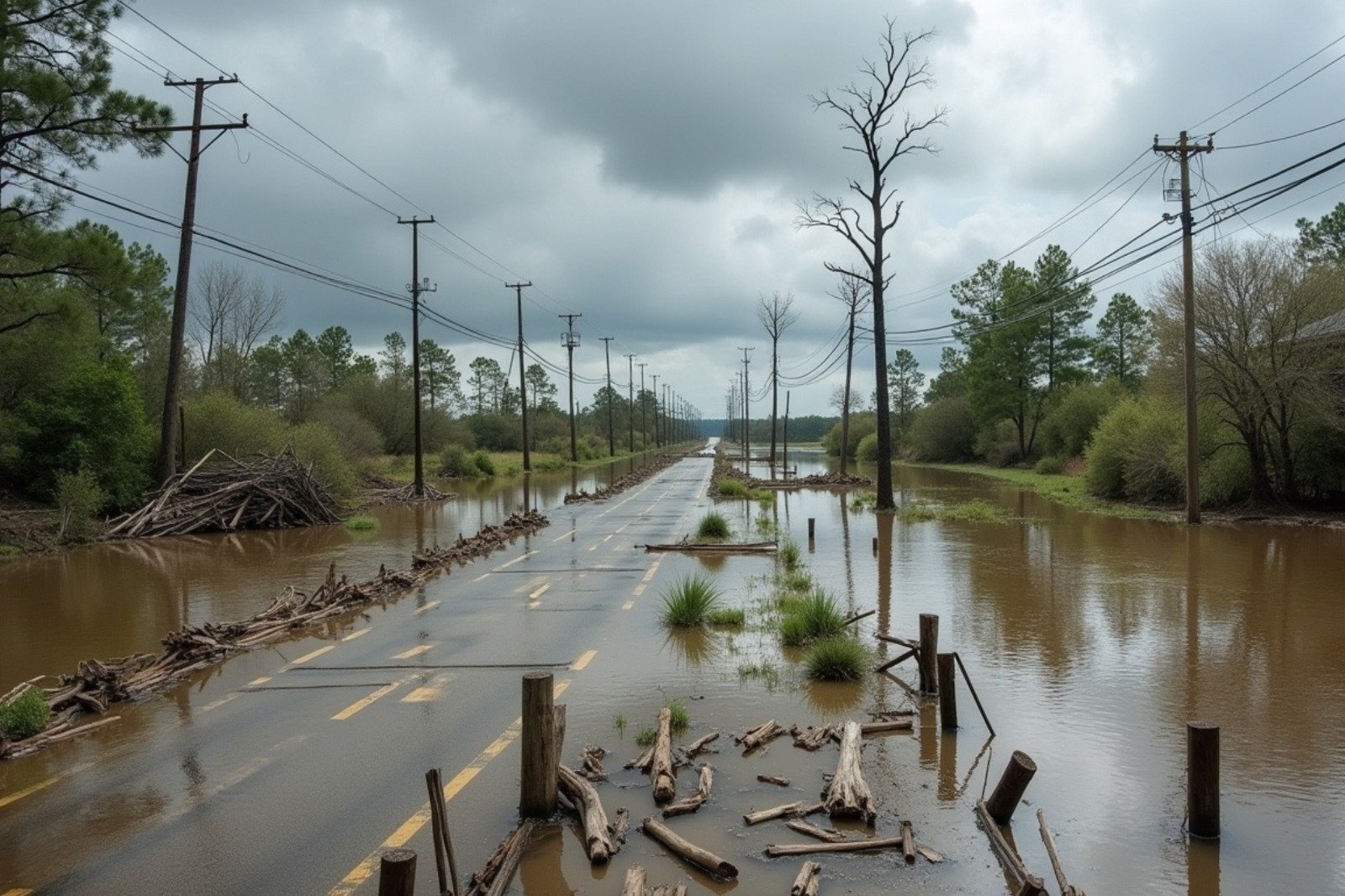
Texas Flood History: Central Region’s Deadly Pattern
Flash floods have long posed a recurring threat to Central Texas. Its unique terrain, known as the Hill Country, funnels rainwater rapidly into rivers, often overwhelming communities within minutes. The region’s limestone-rich soil absorbs little water, turning heavy rain into sudden, deadly runoff.
In 1987, the Guadalupe River swelled beyond its banks, killing 10 people and displacing hundreds. The Texas Hill Country experienced devastating flash floods in 2002 and 2007, causing significant property damage and triggering statewide emergency responses.
The 2015 Texas floods in Wimberley marked one of the most tragic events. The Blanco River surged 28 feet within a mere three hours. Families were swept away, with more than a dozen lives lost. This event brought national attention to the dangers of sudden floods in Central Texas.
Hurricane Harvey in 2017 brought record-breaking rainfall to southeastern Texas. Though centered near Houston, the storm’s impact reached deep into central regions, causing rivers and reservoirs to overflow.
Most recently, in June 2025, San Antonio witnessed flash flooding after intense rainstorms. Streets turned into rivers, and emergency crews performed more than 200 water rescues in 24 hours.
Experts have warned that climate change, urban growth, and outdated infrastructure worsen Texas flood risks. Despite repeated disasters, many high-risk areas remain populated without adequate flood defenses.
Meteorologists and hydrologists agree: Texas will continue to face these threats. Historical flood records show a clear pattern, especially in Central Texas, demanding better awareness and preparedness for the future.
Texas Deluge: What Triggered Flood
Heavy rainfall returned to Texas with deadly speed on July 4–5. According to experts, the flash flooding followed a pattern, rather than being a random event. A rare mix of weather systems created the perfect setup for a disaster.
The remnants of Tropical Storm Barry moved into Texas from the Gulf. At the same time, moisture surged in from the eastern Pacific. These two systems collided over Central Texas, pulling in thick bands of rain.
Meteorologists reported a stalled storm system, known as “training.” That’s when thunderstorms move over the same area again and again. Instead of spreading out, the rain stacked up. Some towns saw 5 to 15 inches of rain within a few hours.
Texas soil made the impact worse. Much of the region was in drought. Dry, hardened ground couldn’t soak up the rain. Instead, water rushed into creeks and rivers almost instantly.
Topography also played a key role. Hill Country slopes forced water into narrow canyons and riverbeds. The Guadalupe River rose more than 20 feet in just two hours, according to the National Weather Service.
Warm Gulf air added more energy. Higher temperatures carried more moisture. When the air lifted, it dropped more rain than usual. This added to the intensity of the flood.
The National Weather Service issued multiple flash flood warnings. However, many arrived just minutes before rivers spilled into roads, homes, and campsites.
This extreme flood was not a one-time fluke. Scientists say climate trends are increasing both rainfall rates and storm duration in Texas.
Texas Flash Flood
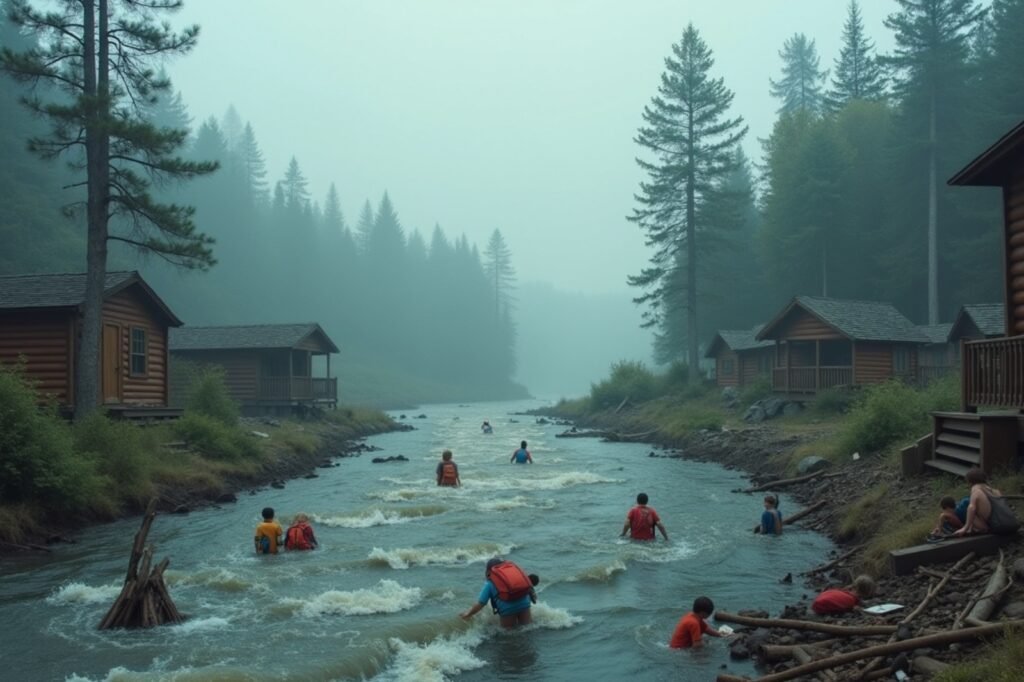
Rainfall between 5 and 11 inches fell in just a few hours, overwhelming the region’s natural drainage. River gauges near the Guadalupe River indicated a sudden and drastic surge, with water levels escalating from calm to hazardous conditions in mere minutes.
At Hunt, a U.S. Geological Survey (USGS) station recorded the Guadalupe River rising 26 feet in two hours. In Comfort, it spiked 22 feet, causing road washouts and emergency evacuations. The National Weather Service issued six flash flood alerts in less than 10 hours.
What made this Texas flood more dangerous was timing and terrain. Storms arrived at night, reducing visibility and delaying response. Hill Country’s steep slopes funneled water into narrow creeks. These channels couldn’t carry the flow, sending water over banks and into nearby communities.
Flood alerts reached phones, but many came only minutes before the rivers crested. Emergency sirens in some counties failed due to power cuts. Families at outdoor camps, including Camp Mystic, had little time to react.
Hydrologists say the Texas flood moved faster than models predicted. River basins filled quicker than in past storms. One expert called it “a worst-case runoff scenario.” Urban areas made the problem worse. Paved surfaces forced more rain into storm drains, which quickly backed up. Natural absorption was almost zero due to dry, compacted soil.
These technical findings show that Central Texas remains highly vulnerable during heavy rain. Real-time data now confirms what residents experienced: a fast-moving, devastating flood.
Texas Rescue & Response
Emergency crews in Texas worked around the clock after flash floods struck Central Texas. More than 1,700 responders were deployed across Kerr, Gillespie, and Kendall counties. Rescue teams, including helicopters, boats, and drones, searched rivers, creeks, and wooded areas after severe flooding.
Tragically, at least 52 people lost their lives, including 15 children. Many lives were lost near Camp Mystic, a summer retreat along the Guadalupe River, where strong currents swept people away. As of July 6, over 27 individuals remain missing, according to local officials.
Rescue teams saved more than 850 people from rooftops, vehicles, and fast-moving waters. The National Guard joined search operations by air and ground, while FEMA sent urban rescue teams and supplies to local shelters.
Texas Governor Greg Abbott declared a State of Disaster and designated a statewide Day of Prayer. Flags flew at half-mast as families gathered in churches and public halls to mourn.
Some residents say flash flood warnings came too late. Emergency sirens in parts of the Hill Country didn’t activate. Kerr County’s emergency coordinator acknowledged the river’s unexpected rapid rise.
Forecasting agencies defended their alerts, saying the rainfall rate exceeded all recent models. Still, criticism has grown, especially from those who lost loved ones at night, when visibility was low.
Shelters across Central Texas remain full. Donations and volunteer efforts are rising. Faith groups, nonprofits, and community members continue to deliver food, clothes, and emotional support.













